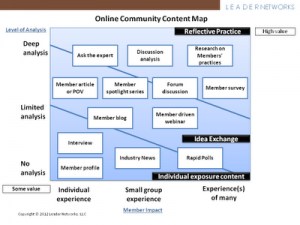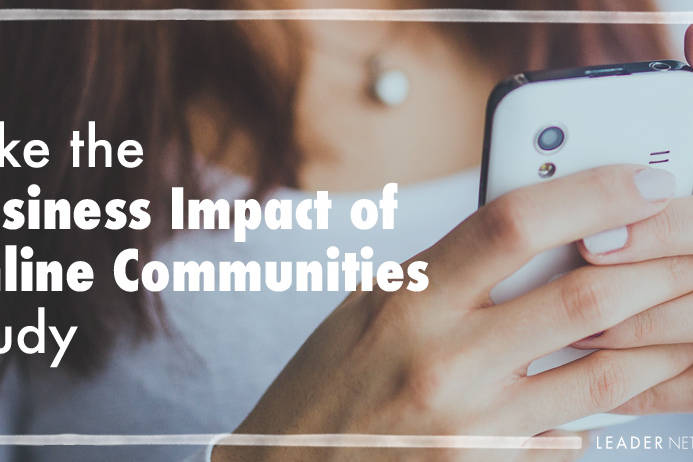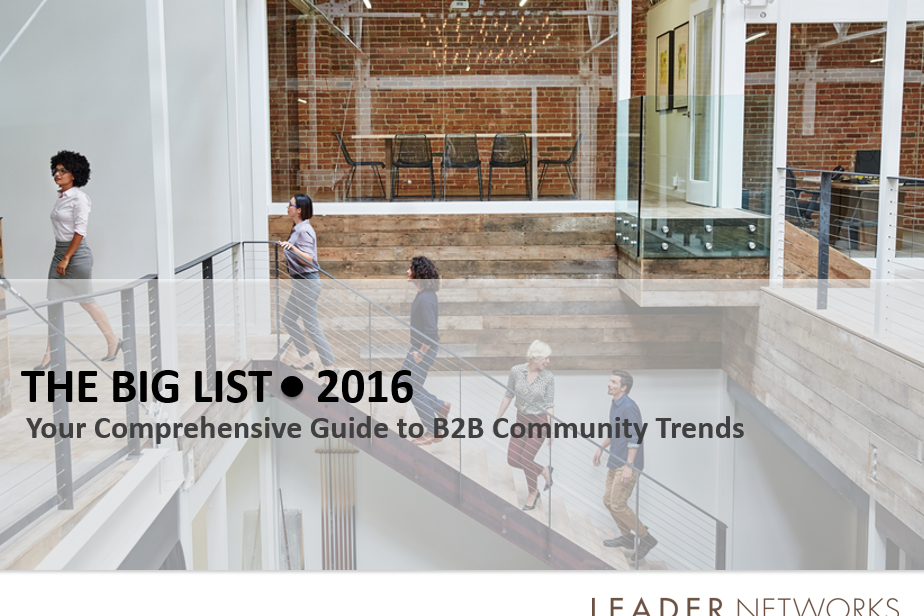In part one, I discussed how content in an online community has to answer the “So What?” question for members. My approach is to go beyond simplistic editorial calendars and, instead, focus on the content’s value to members using “Level of Analysis” and “Member Impact” as a way to define content categories with online communities. The chart from part 1 is repeated here for reference:
The third dimension of this chart defines the categories or types of content – the diagonal bands moving from the lower left to the upper right. The types are: Individual Exposure, Idea Exchange and Reflective Practice. What are the characteristics of each?
Individual Exposure content typically reflects the experience of a single individual from their point of view and undergoes no analysis or assimilation on the part of the community organization.
Individual exposure content is important because it allows a member of the community to share something about herself, offering a way to let other members know a little bit about her. A member shares this information in the hope it will lead to others connecting with or recognizing her as a community member. It’s often an individual sharing of facts (e.g. profile information within a member directory) or a brief description of experience (e.g. a short article about a member inspired or supported by community managers.) Content curation is also a form of Individual Exposure. When a member or community manager shares news, links, photos or other information with the community in an active, visible manner (as opposed to anonymously) to showcase an industry or issue, this public sharing associates the individual with the information shared, and gives some indication of that member’s value as an information source. Note that this content type requires no analysis.
These are typically Low Risk experiences for the community member and an important first foray leading to deeper online community experiences. It’s essential that community organizers recognize, support and encourage this content creation activity. As LinkedIN researcher Krista Canfield recently discovered, professionals with photos in their LinkedIn profile are seven times more likely to participate in the community.
Idea Exchange content usually takes place between a small number of members. It offers the community a way to see (and possibly participate in) a shared experience of a personal or professional nature. Idea Exchange content can take many forms: online discussions, point/counterpoint articles, Webinars on member-driven topics and Ask the Expert features, sometimes supported by professionals within the community’s sponsoring organization.
Idea Exchange material is of greater value to the community members and the sponsoring organization because it provides relevance or insight into a particular industry or affinity group. It supports and reinforces the impulse which drove the community’s members to gather online: find other people who face the same issues, share similar passions or struggle with the same set of concerns. The act of sharing an idea or problem openly (even in a private gated online community of vetted peers) is a mid-risk activity. It requires participants to expose a bit of their thinking or practice to others for discussion or response. It is, however, of higher value to the community than Individual Exposure. Idea Exchange content requires some analysis on the part of either the members or the sponsoring organization.
Reflective Practice is the final content type. It offers deep analysis or research into a given topic or issue, and brings out the experiences of many in the community as an additional element for analysis. This enables all or most community members to gain additional insights and think about the topic in a new or different way. This idea of reflective practice was first introduced by organizational behaviorist Don Schön in 1983 in his book The Reflective Practitioner. Later, in my first online community role, LabNet, we worked with him to apply his theories on reflective practice to an online community. The asynchronous timing of online posts offered great opportunities for professionals to share details of their practice, often with greater detail and more candor than in-person settings such as meetings.
Examples of this content type include an analysis report on an active discussion group, a research study of the community members’ points of view, or a well-done benchmark study that combines data with information from community members about their experiences.
Reflective Practice community content is the most challenging to produce but yields the greatest benefit to the community members and the community organization. It provides insight that cannot be obtained elsewhere when there is participation from a large number of community members. This content type (driven by one’s peer group and validated through the analysis effort) helps the community organizer and its members be first to market with the analysis, so long as the community organizer acts quickly to analyze the data. This is especially important for newer and fast-changing member issues.
It is different than a summary of a vibrant discussion or the quantitative results of a survey. It is the act of sense-making that frames the content (discussions, data and ideas) and analyzes it in a way that is actionable. One example of Reflective Practice is the Cognizant Technologies online community Cognizanti. Here members discuss a key topic — “the future of work”– which has a direct impact on its’ CIO-level clients. The process does not stop with the discussion group exchanges. Cognizant then analyzes the data shared by members to shape and directly influence their thought leadership platform on this topic. They create thought-provoking research reports which are then shared with members online, through their customer events, and via their journal. The member-driven content takes on new life through the thoughtful examination – Reflective Practice — the community organizers bring to the table. The more Reflective Practice content a community can offer, the more likely members are to share and participate more deeply over time.
Most successful online communities have the material to create Reflective Practice content, but often do not have the skills or the patience to convert the raw data into a meaningful analysis. That is a missed opportunity. Content that is able to reflect the experiences of many members, and is examined for trends, insights and impact, is the most meaningful gift an online community can offer to its members. It’s a gift that keeps on giving. Content this sophisticated is a rarity in an era of 140 character tweets. Members join a community in the hope of engaging with and learning from peers. Online communities which enable learning and draw directly from peer-peer experiences are by definition a success.
Warning: Attempt to read property "base" on array in /home3/trusten9/public_html/leadernetworks/wp-content/plugins/wp-user-profile-avatar/shortcodes/wp-user-profile-avatar-shortcodes.php on line 665
Warning: Attempt to read property "base" on array in /home3/trusten9/public_html/leadernetworks/wp-content/plugins/wp-user-profile-avatar/shortcodes/wp-user-profile-avatar-shortcodes.php on line 665
Warning: Attempt to read property "base" on array in /home3/trusten9/public_html/leadernetworks/wp-content/plugins/wp-user-profile-avatar/shortcodes/wp-user-profile-avatar-shortcodes.php on line 665
Warning: Attempt to read property "base" on array in /home3/trusten9/public_html/leadernetworks/wp-content/plugins/wp-user-profile-avatar/shortcodes/wp-user-profile-avatar-shortcodes.php on line 665
Related Posts
July 10, 2018
How To Increase User Engagement in your Online Community
Every member goes through four stages of activity within an online community:…
November 7, 2016
Survey: Can you show the business impact of your online community?
“The Business Impact of Online Communities” study
October 11, 2016
7 Key Trends in Online B2B Customer Communities
The Big List of B2B Online Customer Communities is the most comprehensive list…
4 Comments
Add comment Cancel reply
This site uses Akismet to reduce spam. Learn how your comment data is processed.




Thanks for posting! Great post! This explanation really makes a lot of sense to me, and helps me to be more aware of what I am offering versus what I could be offering through our online communities.
Glad the article was usefuly to you Mary! Thanks for taking the time to share your experiences.
best
Vanessa
I’ve been struggling with this for some time now. What is the “so what?” And I’ve basically come to a mind that CONTENT has to be the “so what?” You can create where people get along and help one another, but they need more than that.
Content serves as the “this is why we’re here.”
Did you see the Seinfeld where Elaine and George don’t want to hang out together alone? They need Jerry to be there as “the glue.”
Great post. Thanks.
Patrick,
Superb analogy – As a diehard Seinfeld fan your comment rang so true and funny too! Thanks for that practical analolgy to help bring it all to life.